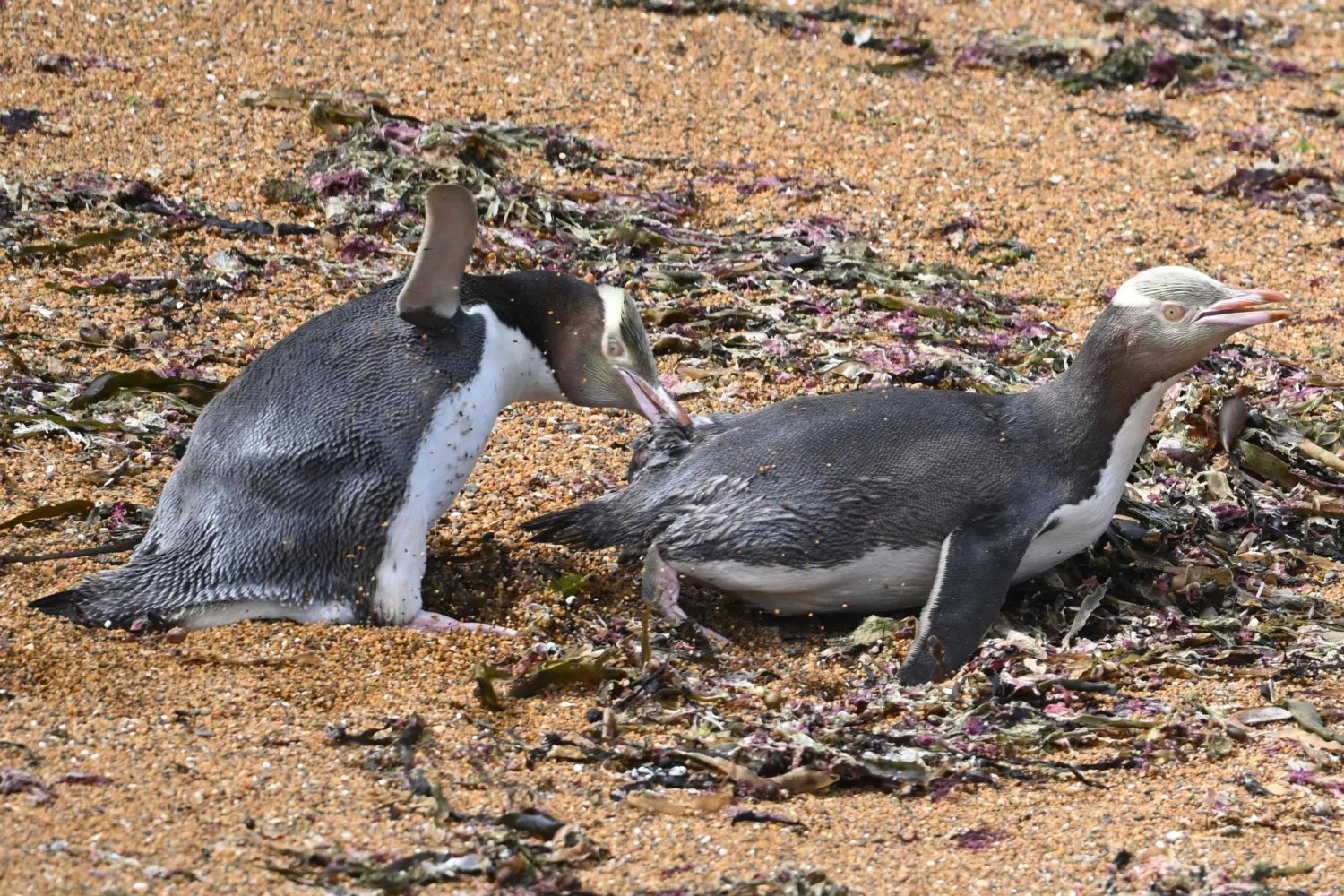Mythical creatures have always been a popular topic in art and literature, perhaps because they provoke a desire for discovery and imagination, and this is what attracted the Saudi artist Sultan bin Fahd to form his dazzling artwork, Desert Kite 2022, at the Desert X AlUla exhibition.
At first glance, it seems strange that the work of art is attributed a name for an object that flies despite it not resembling any traditional winged aircraft. Fahad here recalls how the camel is called the “ship of the desert” without it sailing in water.
This presses the observer to ponder about the meaning that stands behind Fahad’s artwork.
Speaking to Asharq Al-Awsat, Fahad clarifies that his mud structure shaped like a desert kite exceeds 40 meters in length and needs to be viewed from an altitude to be fully appreciated.
Fahad indicated that the idea of the work is based on evoking the memory of archeological traps that were discovered in several sites in Saudi Arabia by planes several decades ago.
Some of those traps were hundreds of meters long and could only be fully observed from the air.
He points out that historians have suggested that these relics can either be animal traps or used for burial. Nevertheless, Fahad said it was the idea of animal traps that got him thinking and inspired his creation.
“When I received the invitation to participate in (Desert X AlUla), which comes this year under the title (Mirage), I thought of a work in line with the nature and beauty of AlUla, with my belief that no artwork can match the beauty of God’s creation in AlUla,” Fahad told Asharq Al-Awsat.
The artist was inspired by viewing the four animals and mythical creatures placed over the historic tombs of AlUla to protect their owners in the post-mortem stage, as the Nabateans and the ancient Arabs who settled in AlUla believed.
These creatures are the eagle, the lion, the medusa, and the sphinx.
In his work, the artist tries to create a unique experience for the viewer. Once inside the work, the viewer feels isolated from the world around him. When reaching the end, a meditation space can be found next to an urn-like sculpture embossed with four protective symbols traditionally used in Nabatean tombs.
“I tried to have viewers enter a place completely isolated from the desert and the outside world… to have them sit quietly and experience a meditation trip,” noted Fahad.
Desert X AlUla is an international art exhibition that puts incredible works against the gorgeous backgrounds of AlUla.
This year’s theme is Sarab which explores ideas of mirages and the oasis, which is part of desert culture.
Desert X AlUla is free and open for all to feast their eyes on. The exhibition draws inspiration from the original Desert X which is held in California’s Coachella Valley.
Desert X AlUla is inspired by the principles of land art and aims to give visitors the chance to experience art on a monumental scale in dialogue with nature.
The artist line-up boasts 15 local as well as international talents.









